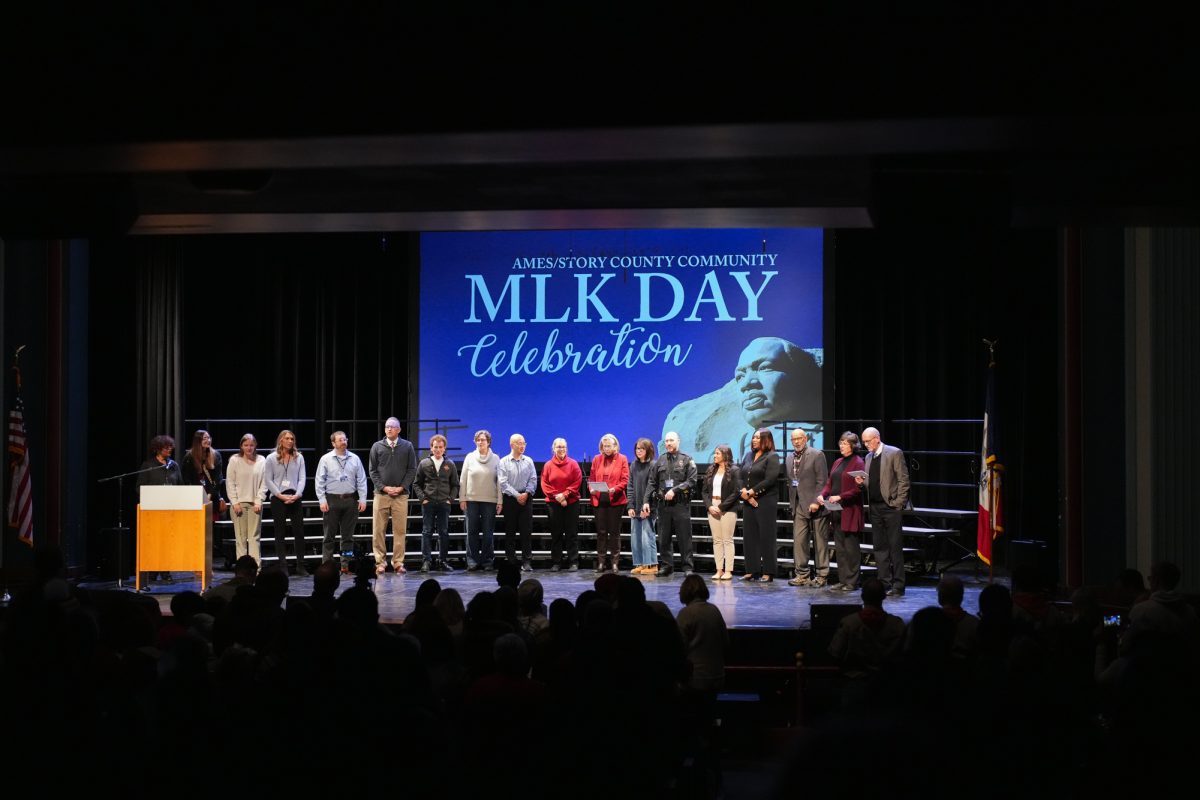What is natural?
July 9, 1997
I was thankful to see Joe Leonard respond to my letter that questioned his understanding of campus grounds management policies. I now have a clearer and more reasoned picture of what Mr. Leonard was trying to convey in his letter, “Destruction of Nature.”
The reason I am replying is to restate my thesis that seems to remain misunderstood by Mr. Leonard, respond to a few fallacies and hopefully end this seemingly pointless jousting match.
As I pointedly stated in my letter dated June 26, Mr. Leonard’s original complaint was not an issue of nature conservation, but one of campus grounds management.
Hence, to “let nature take its course” is not an option here, as A) undisturbed nature does not exist here, and B) to leave the area unmanaged would (ironically) result in an even more “unnatural” environment. Such a lack of management in this environment would only result in a woodland dominated by highly aggressive exotics such as buckthorn, tatarian honeysuckle and Siberian elm.
As I stated before, this is a very human-influenced environment; for better or worse, we must learn to recognize it as such.
It seems Mr. Leonard is more concerned with the preservation of a “wild” look rather than the ecological health of College Creek; this is supported by the list of exotic and perhaps marginal plants he mentions as “wildflowers.” I was hoping he would take the opportunity to defend our true Iowa wildflowers, such as mayapple, trillium, ginger and sharp-lobe hepatica, all of which can be found naturally in Pammel Woods.
I must admit, I am not a biologist, but I have informally studied the ecology of our woodlands, and I have devoted many hours to the restoration of prairies and woodlands in Iowa and Illinois.
And one last comment in defense of the profession of landscape architecture … landscape architecture is much more than “landscaping” as understood by Mr. Leonard. It is as much about sound ecological and social functioning as it is about aesthetic design.
Landscape architects are trained in botany, forestry, ecology and hydrology as well as horticulture, design and planning (notice no “t”) to merge ecological and cultural integrity with social and economic needs.
Preservation and restoration of the environment is a top priority of landscape architects. I strongly encourage Mr. Leonard to visit the American Society of Landscape Architects (ASLA) homepage (http://www.asla.org) to see what landscape architecture is all about.
He might find their declaration on environment and development especially enlightening.
Kevin Lyles
Senior
Landscape architecture
Environmental studies






